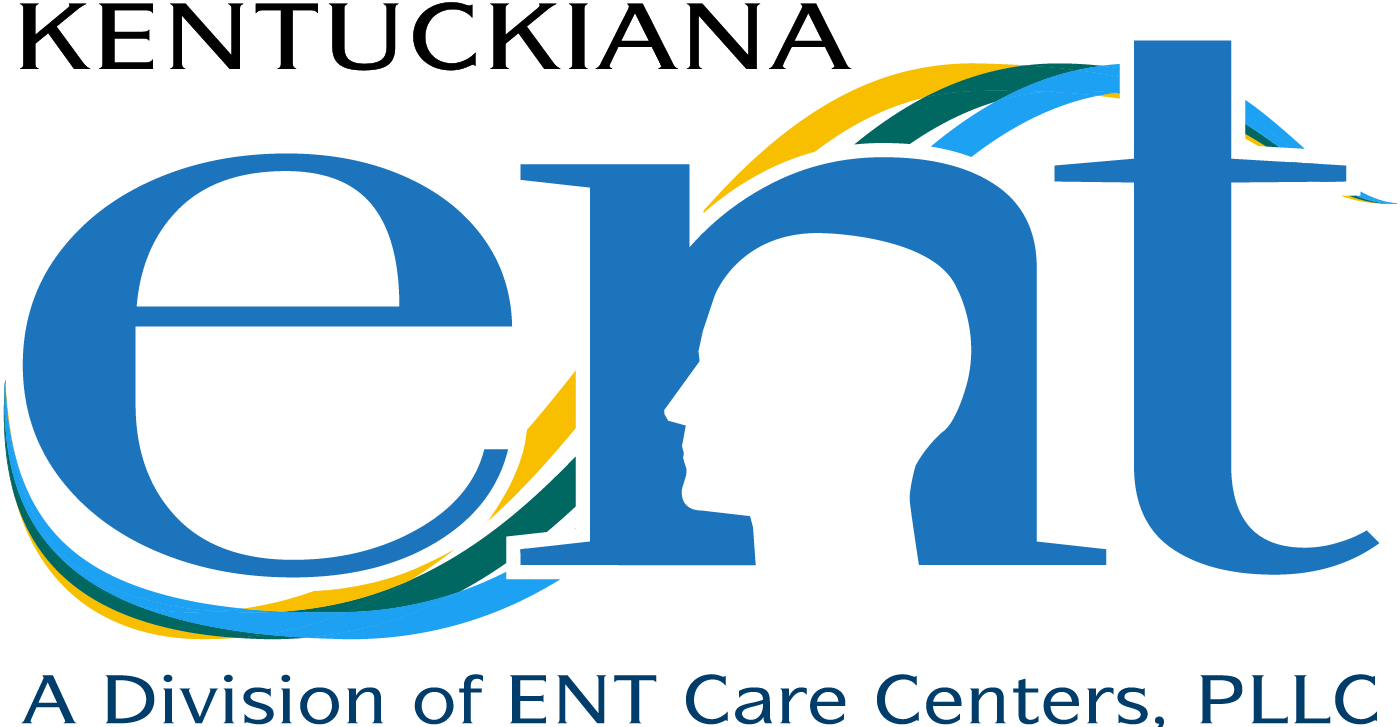What is Balloon Sinuplasty?
Balloon Sinuplasty is a minimally invasive surgical procedure to open up the blockages in the sinuses. This procedure is done under local anesthesia so that you can recover faster.
How is balloon sinuplasty performed?
Balloon Sinuplasty is a procedure that uses a balloon to widen and straighten the nasal passage.
Sinusitis is an inflammation of the sinuses caused by infection or allergies. It usually presents with symptoms such as nasal congestion, facial pain, sinus pressure, headache, and difficulty breathing.
A balloon sinus dilation procedure can be performed at your doctor’s office in less than 30 minutes under local anesthesia. The patient may be given a sedative before the procedure begins to ease any anxiety during the procedure. Your doctor will insert one end of the thin balloon catheter into the sinus opening and fill balloon with saline to expand the sinus. The catheter is then gently removed. The procedure requires to tissue cutting as it uses the natural openings into the sinus cavities.
What is the success rate of balloon sinuplasty?
Balloon sinuplasty has been FDA approved since 2005. Studies show that balloon sinuplasty can lead to significant relief of symptoms in the majority of people with chronic sinusitis. The success rate was 95% in a multicenter trial of balloon catheter sinus dilation of 1,038 patients where success was defined as improvement in sinusitis symptoms.
What are the benefits of balloon sinuplasty?
When you have chronic sinusitis or sinus headaches, it can be difficult to breathe or function normally. Balloon Sinuplasty is a procedure that lets doctors put a balloon inside your nose to widen your airway so you can breathe more easily.
The benefits of this procedure include decreased risks and complications, less overnight hospital stays, and faster recovery times.
What are the risks of balloon sinuplasty?
Balloon Sinuplasty is a procedure in which an inflatable balloon is inserted through the nose and guided towards the sinuses, where it helps to widen the sinus openings. The risks associated with this procedure are relatively low, with lower complications and minimal downtime. Bleeding may occur but is usually less than other nose and sinus procedures. Complications such as scarring, smell and taste loss, eye injury, and skull base injury are rare, especially when your surgeon has extensive expertise in the procedure.
Dr. Thomas Higgins in Louisville, Kentucky has trained hundreds of surgeons on the techniques of performing safe and effective balloon sinuplasty. Do you think you need an expert in sinusitis? We are here to help.
Need Help with Balloon Sinuplasty?
Frequently Asked Questions





